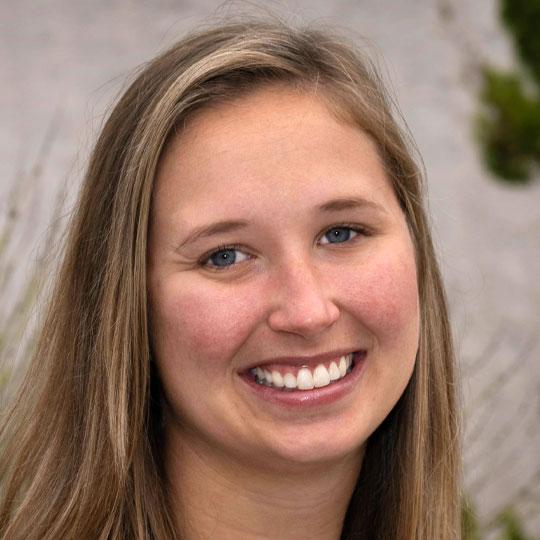Properties of Nano

This program opens the door to the cutting-edge world of nanoscience and nanotechnology. Students will explore just how small a nanometer really is — a billionth of a meter — and discover why working at this tiny scale makes such a big difference in understanding the properties of matter. They’ll conduct several experiments to test the macroscale properties of various nanomaterials.
Vocabulary: Nanometer, nanoscale, nanotechnology, macroscale, observation, properties, lotus effect, hydrophobic, hydrophillic, nitinol wire
| Session Information |
|---|
|
To request field trip dates, visit https://oepreg.bnl.gov/.
To explore programs listed in the ESBOCES Exploratory Enrichment catalog and to submit a BOCES contract request, please visit BOCES EE – Brookhaven Lab
New York State Standards
New York State Science Learning Standards
| Disciplinary Core Ideas | Crosscutting Concepts | Science and Engineering Practices |
|---|---|---|
|
PS1.A: Structure and Function |
Patterns Structure and Function Scale, Proportion, and Quantity |
Planning and Carrying Out Investigations Constructing Explanations and Designing Solutions |
Next Generation Mathematics Learning Standards
| Measurement and Data |
Next Generation English Language Arts Learning Standards
| Speaking and Listening | Language |
|---|---|
|
Comprehension and Collaboration |
Vocabulary Acquisition and Use |
Intermediate Science Core
|
Process Skills |
Major Understandings |
|---|---|
|
Standard 4, 1 Follow safety procedures in the classroom and laboratory. Standard 4, 2 Safely and accurately use the following measurement tools: metric ruler, graduated cylinder. Standard 1, S2.1a Demonstrate appropriate safety techniques. Standard 1, S2.1b Conduct an experiment design by others. Standard 1, S2.1d Use appropriate and conventional techniques to solve problems about the natural world, including: measuring, observing, and describing. Standard 1, T1.1a Identify a scientific or human need that is subject to a technological solution which applies scientific principles. Standard 6, 3.1 Cite examples of how different aspects of natural and designed systems change at different rates with changes in scale. |
3.1a Substances have characteristic properties. Some of these properties include color, odor, phase at room temperature, density, solubility, heat and electrical conductivity, hardness, and boiling and freezing points. 3.1b Solubility can be affected by the nature of the solute and solvent, temperature, and pressure. The rate of solution can be affected by the size of the particles, stirring, temperature, and the amount of solute already dissolved. |





